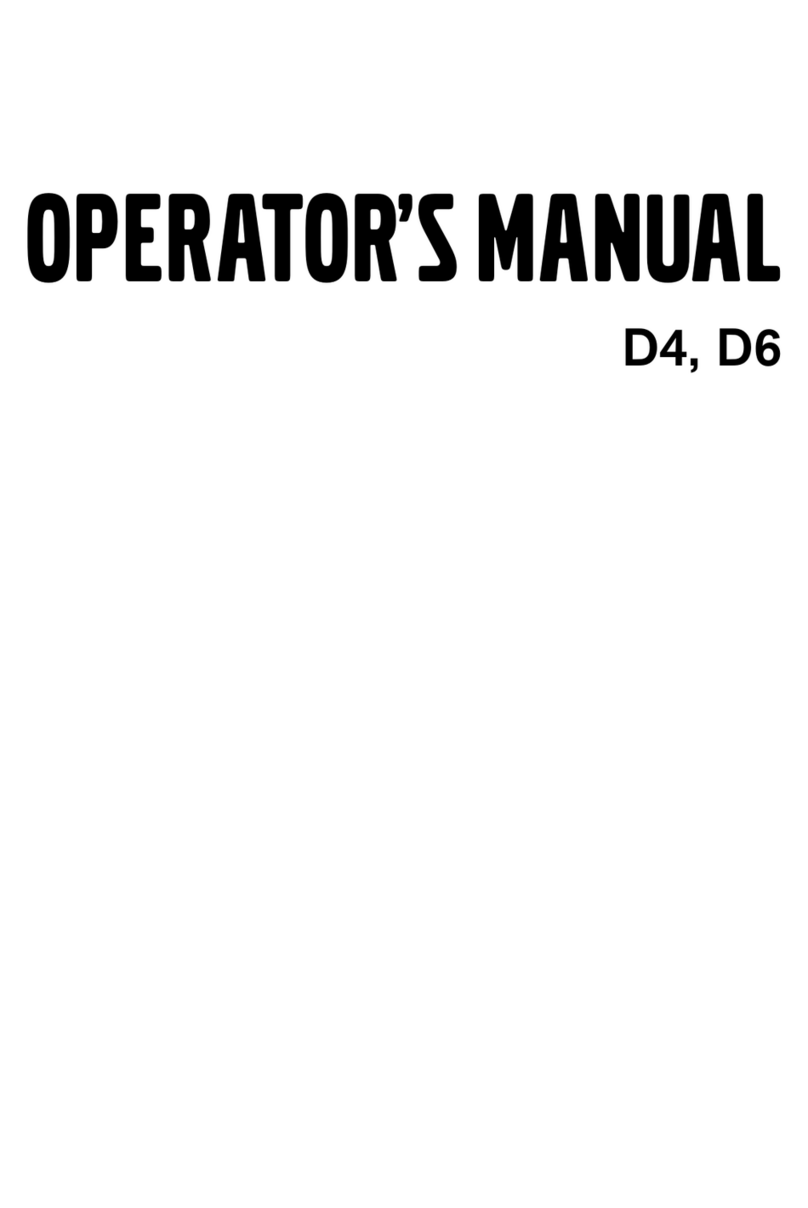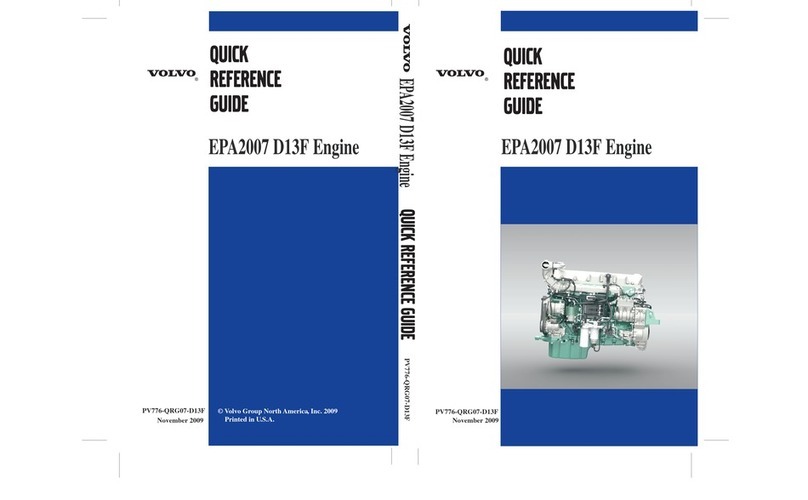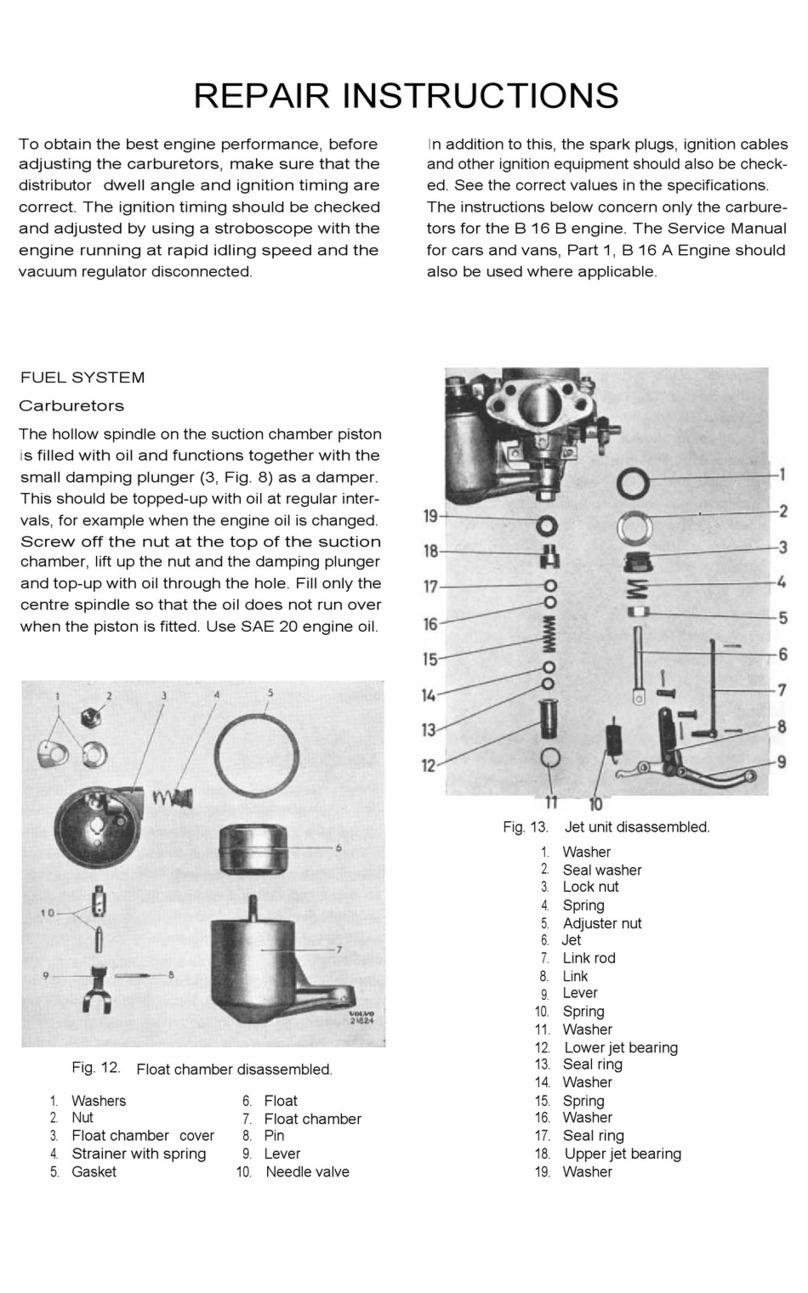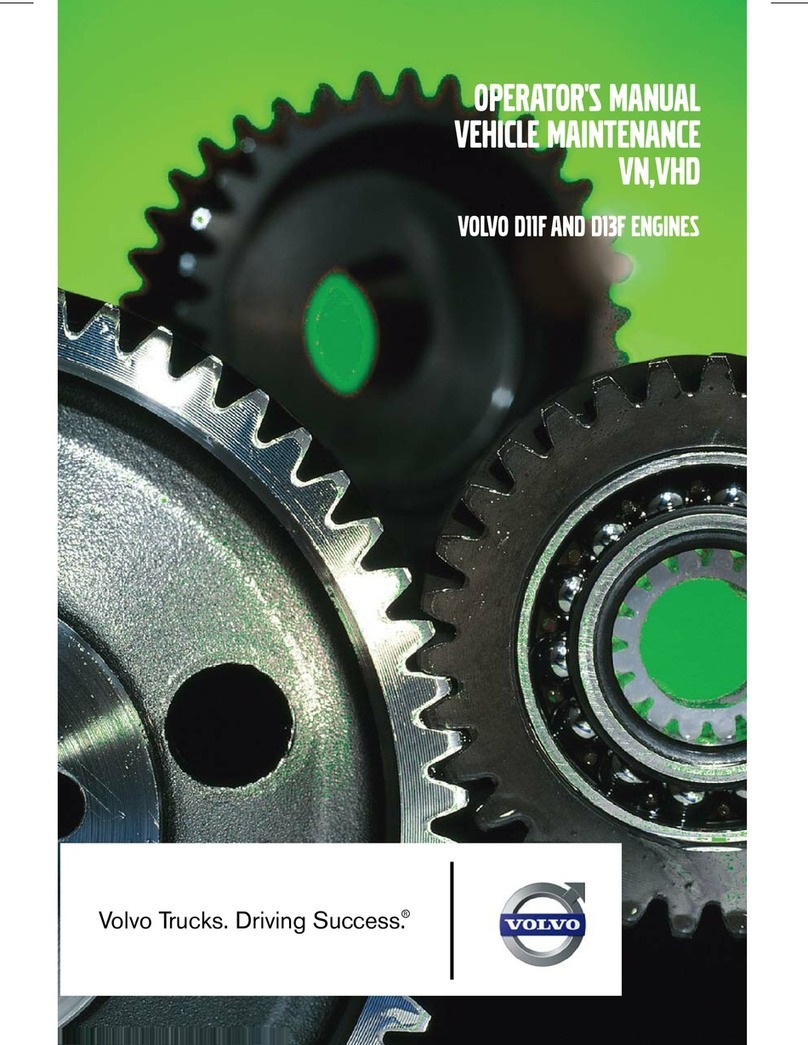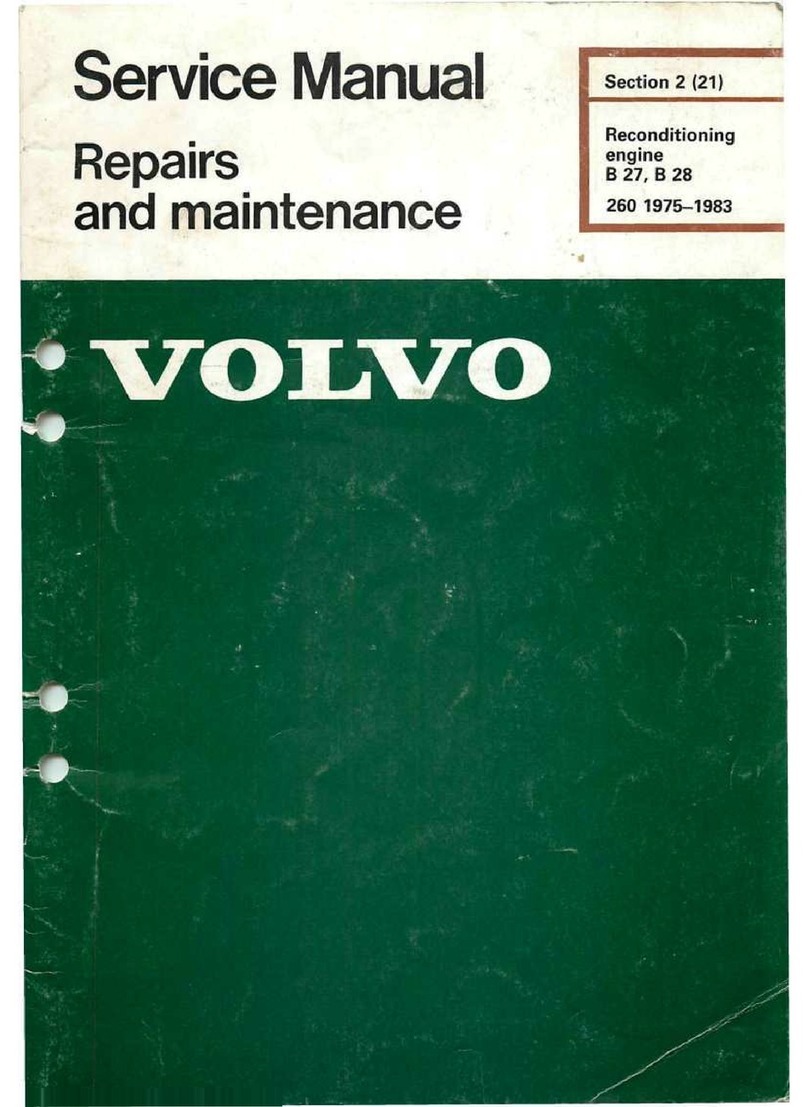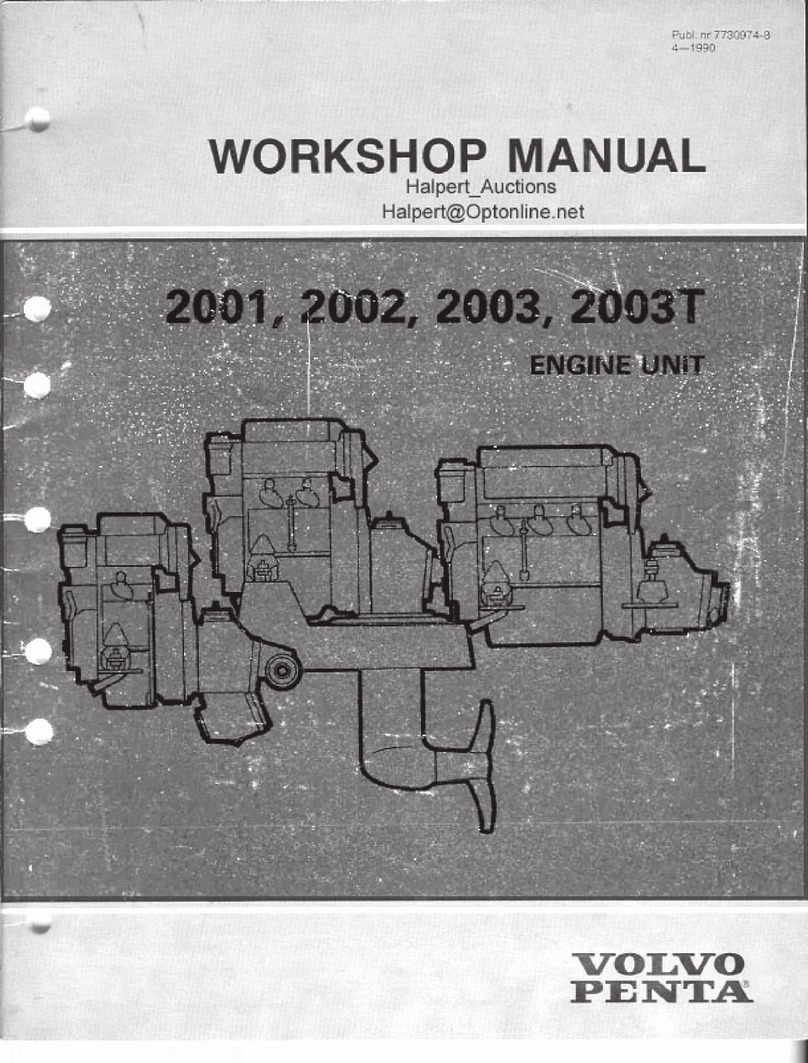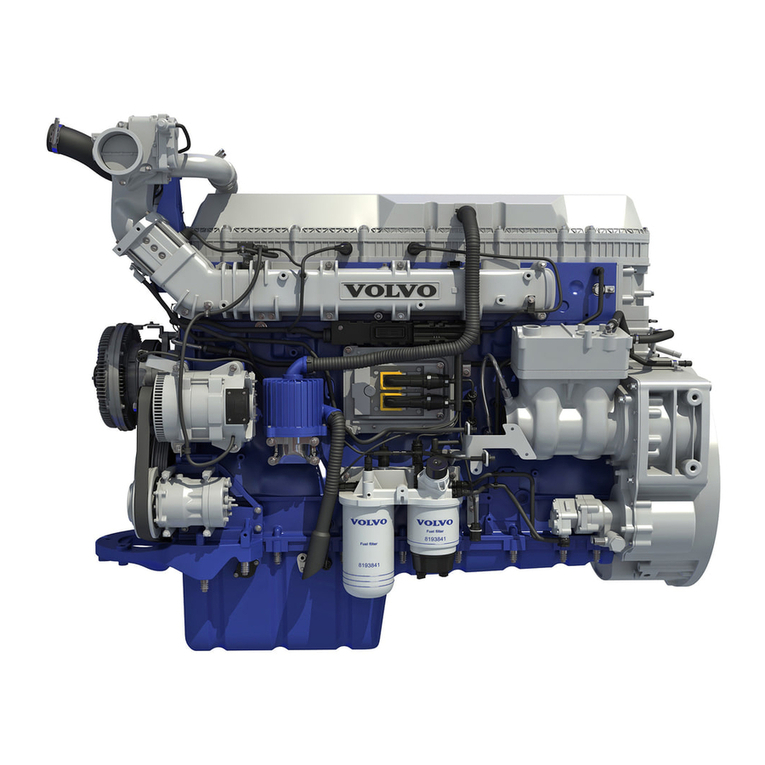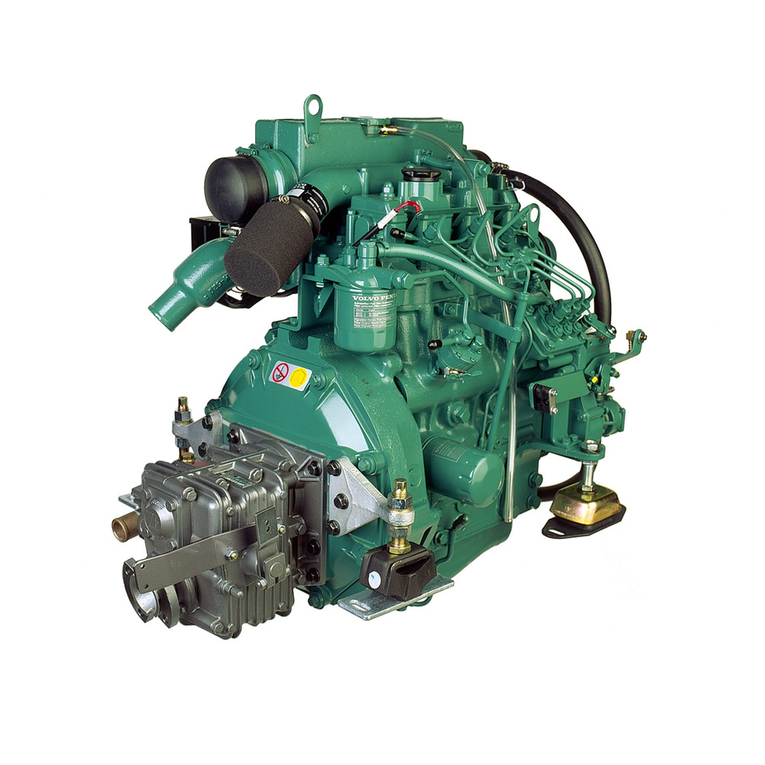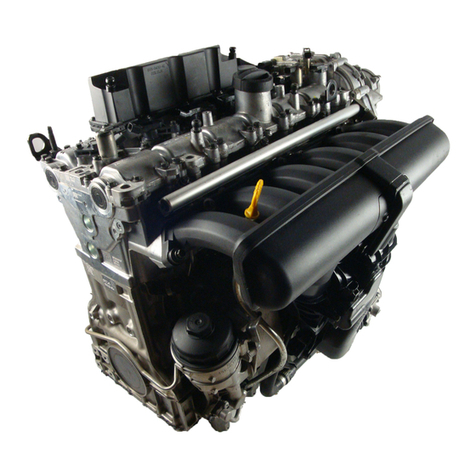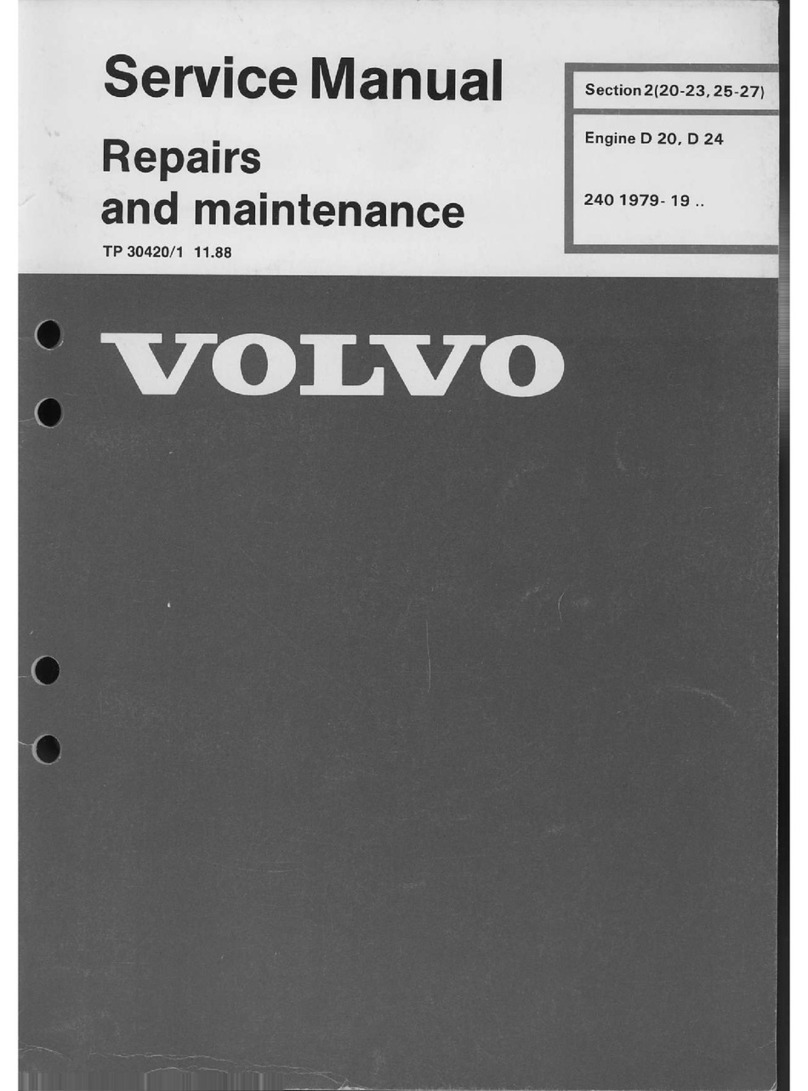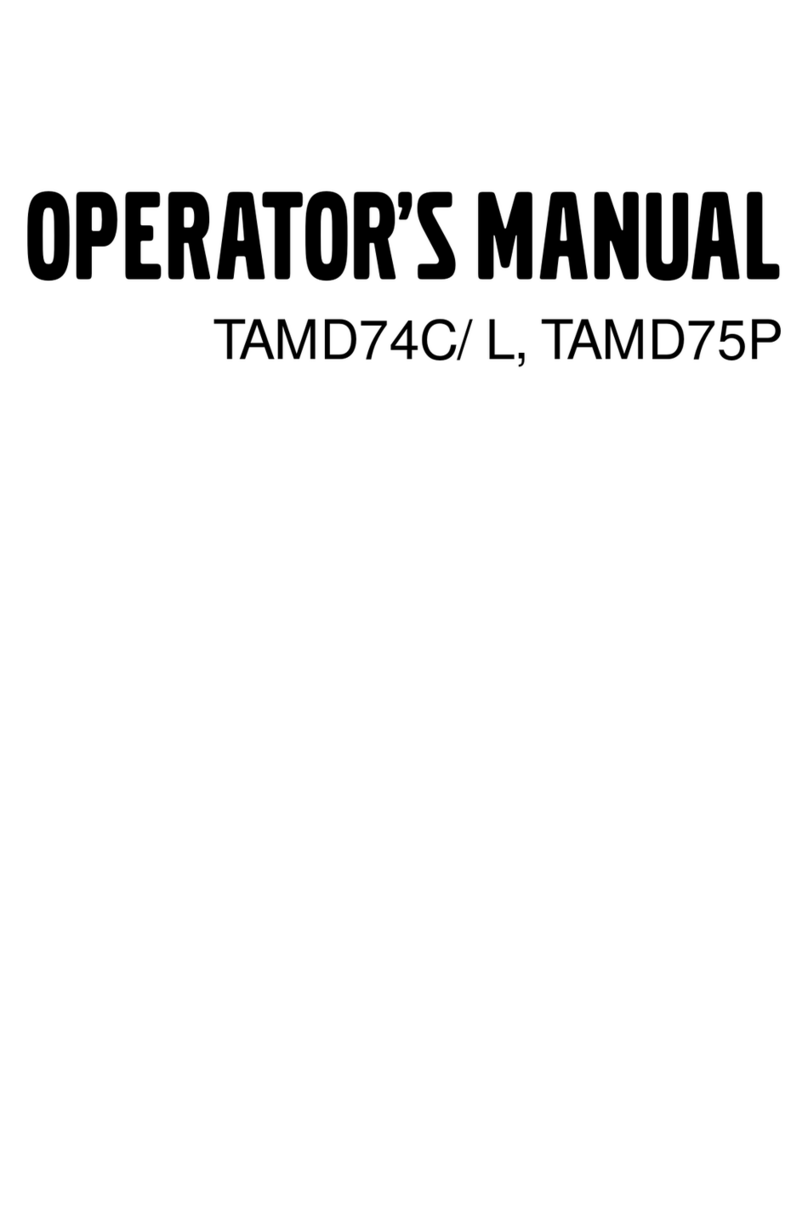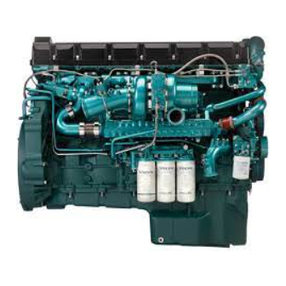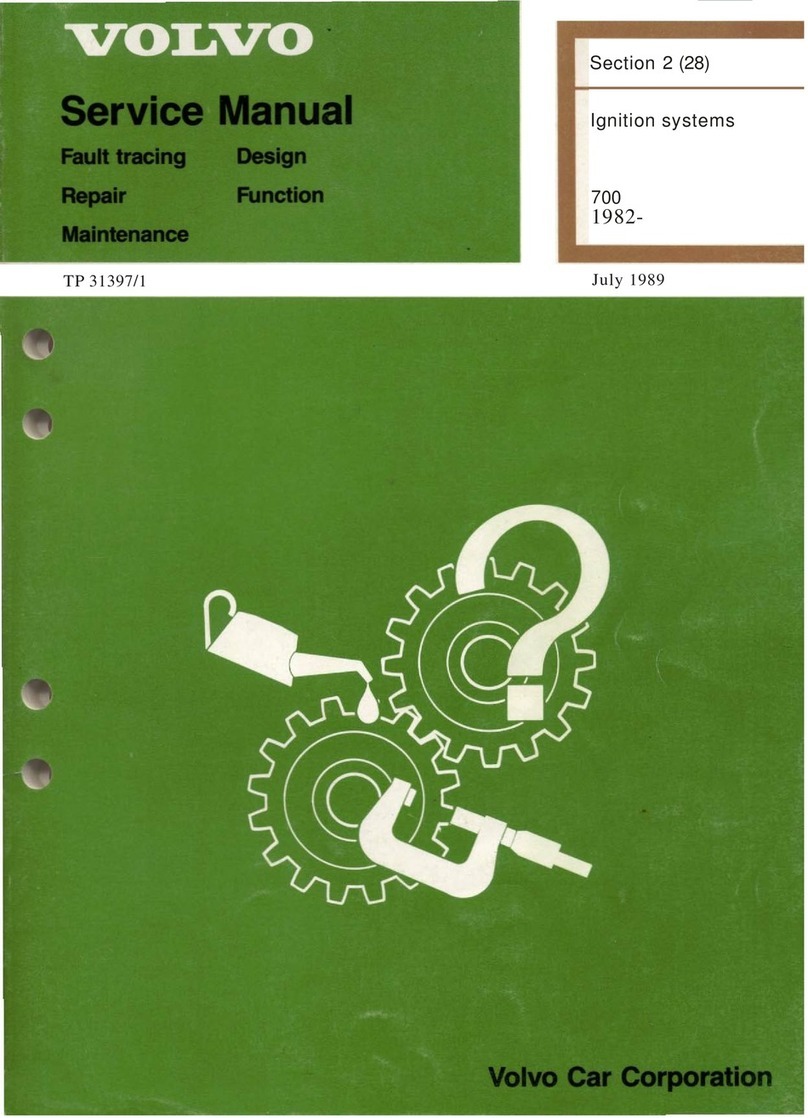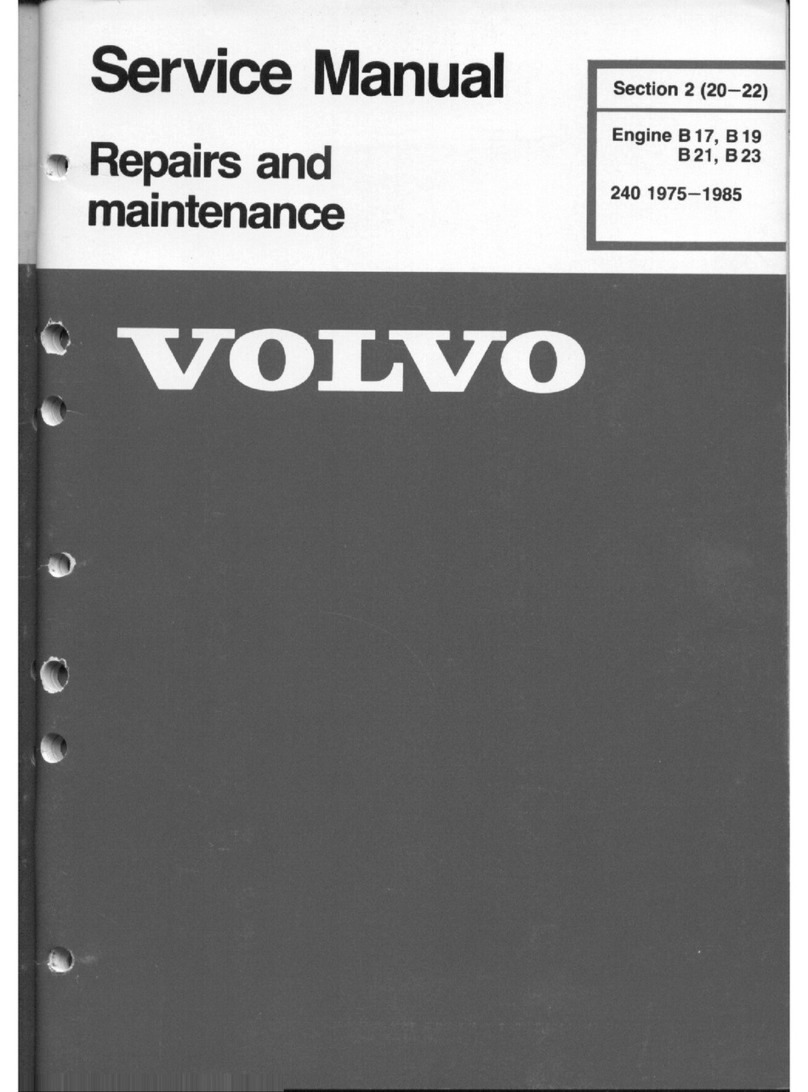
Volvo Engines 1
Introduction
The Volvo D13F engine meets the emissions
standards which apply to all heavy-duty
diesel engines built after January 1, 2007 for
on-highway vehicles. The 2007 standards
reduce allowable emissions of nitrogen
oxides (NOx) by 50% and emissions of
particulates (soot) by 90% from previous
levels.
Key Features of the D13F Volvo Engine:
•Improved Fuel Economy
•Extended Oil Drain Intervals
•Improved Cooling Capacity
•Low Maintenance Diesel Particulate
Filter
•Enhanced Engine Brake Performance
Fuel
CAUTION
Diesel engines for 2007 and later model
year vehicles are designed to operate only
with Ultra Low Sulfur Diesel (ULSD)
fuel. Use of fuel other than ULSD will
reduce the efficiency and durability of
the engine, permanently damage the
advanced emission control systems,
reduce fuel economy and possibly
prevent the engine from running at all.
Manufacturer’s warranties are likely to
be rendered void by usage of improper
or incorrect fuel, and usage of fuels
other than ULSD fuel in diesel-powered
vehicles is illegal and punishable with
civil penalties. Use of fuel additives to
compensate for the lower sulfur content is
NOT recommended by Volvo.
Fuel sold for use in diesel-powered engines
for 2007 and later model year vehicles may
only contain a maximum sulfur content of
0.0015% by weight. This was done to reduce
particle emissions in the exhaust.
Engine Oil
VDS-4 or EO-O Premium Plus diesel engine
oil is mandatory for use in all 2007 emission
compliant Volvo engines. Chassis equipped
with a 2007 emission compliant engine,
which can be identified by the presence of a
Diesel Particulate Filter (DPF), also require
the use of Ultra Low Sulfur Diesel (ULSD)
fuel. EO-O Premium Plus oils exceed the
new API service category CJ-4.

